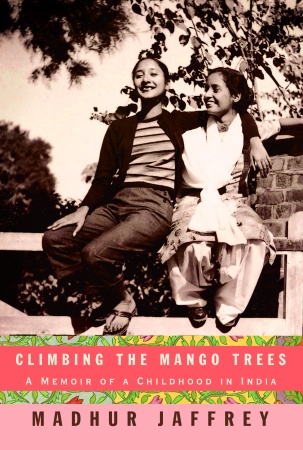 Publisher: Grove Press
Publisher: Grove PressSubject: Short Stories/FICTION /Social life and customs/Thailand
Publication Date:January 2005
Binding:Hardcover
Interview with the author courtesy The Guardian UK (mp3 File)
All seven stories from American-Thai writer,Rattawut Lapcharoensap's, debut collection have been set in Thailand and because they are so engaging they present the reader with an interesting dilemma - do you devour them all in one sitting like a bag of popcorn at the movies, or do you savor them like expensive chocolate, bit by bit? I decided to go with the second option and I read them slowly enjoying the flavors and sounds of Thailand, as I read.
The book opens with the "Granta" prize winning story "Farang" (Westerner or tourist in Thai) about an adolescent Thai boy who works in the tourist trade and how he can't help falling in love with young bikini-clad American tourists even though all of them, without exception, will break his heart when they return to the US by forgetting he even exists. This story beautifully shows the love hate relationship that the Thais have with the farangs:
Ma laments. "You give them history, temples, pagodas, traditional dance, floating markets, seafood curry, tapioca desserts, silk-weaving cooperatives, but all they really want is to ride some hulking gray beast like a bunch of wildmen and to pant over girls."
"Sightseeing" finds the young narrator and his mother becoming farangs themselves as they travel to a remote island in Thailand called Trawen. The title of the story becomes more meaningful and poignant when we learn the mother might be losing her sight.
"Don't Let Me Die in this Place" is about a wheelchair-bound American who uproots himself from all he has ever known in the US and travels to Thailand to live with his son and his Thai wife and family. This is a powerful story of how Jack learned to overcome his prejudices and culture shock and actually grows to love his "mongrel" grandchildren.
"Priscilla The Cambodian" is another story that will tug at your heartstrings - it examines the contempt of the Thai people for the Cambodian refugees thus making this story an interesting lesson on the racism and snobbery that exists in Thailand.
I could find something wonderful to say about each of the seven stories, but my favorite was "Draft Day" - a story of how money,power and influence can drive a wedge into even the strongest of friendships. The narrator's voice, his guilt and shame at what he had to do to his best friend is will stay with me for a long,long while.
 |
pic of author: courtesy Village Voice.com
Five out of these seven stories are told in first person from the point of view of a young narrator in the story. When young people recall events there is a certain innocence to it that tugs at our heartstrings, drawing us into the events until we're resonating as one with the story. Although all these stories talk about situations that at first glance appear to be unique to Thai culture, the universal themes of family relationships, love and loss, death, injustice, prejudices etc. run through the book allowing to relate completely to the characters.
Having spent quite a bit of time in Bangkok and other parts of Thailand, I can attest to the influence of tourism in the country. You cannot go anywhere without being reminded that Thailand's entire economic infrastructure is reliant upon the presence of tourists and their fat wallets...and when rich tourists rub shoulders with people so poor that they would do anything for a little money, it makes for very interesting and often very sad and dangerous, situations. Everytime I am in Bangkok, I cannot help but be reminded of a verse from the Murray Head song "One Night in Bangkok"
One night in Bangkok makes a hard man humble
Not much between despair and ecstasy
One night in Bangkok and the tough guys tumble
Can't be too careful with your company
I can feel the devil walking next to me
Sightseeing, as you will have guessed by now, is no happy tourist guide, but it's a view of Thailand from the vantage point of the Thai people. I found it to be a fascinating read.Not much between despair and ecstasy
One night in Bangkok and the tough guys tumble
Can't be too careful with your company
I can feel the devil walking next to me
You can read ,"At The Cafe Lovely", one of the seven stories from "Sightseeing" here











